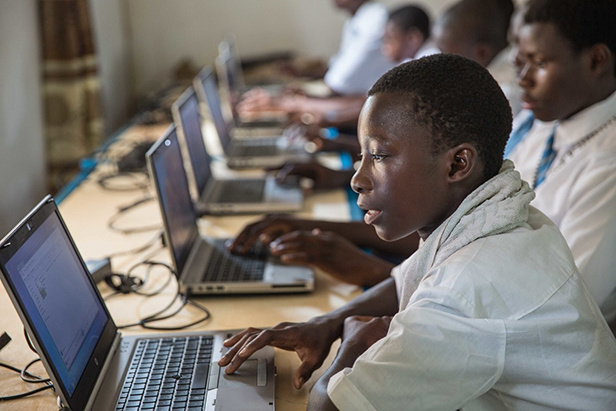
Over the last ten years, education technology evangelists have made remarkable claims about how new technologies will transform educational systems. In 2009, Clay Christensen of the Harvard Business School predicted that half of all secondary school courses in the US would be online by 2019, and that they’d cost 1/3 of a traditional course and provide better outcomes. Sal Khan of Khan Academy proposed in a TED talk that he could use short videos to reinvent education.
Sebastian Thrun of Udacity said that in 50 years we’d have only 10 institutions of higher education in the world after massive open online courses colonized the field. As the winner of the TED Prize, Sugata Mitra claimed that students didn’t even need schools or teachers, and that groups of children with access to the internet could teach themselves anything.
A disaster
And then in 2020, the world was blighted by a terrible pandemic. Schools serving over 1.6 billion learners shut down. It was a moment that technologists had promised for years could be transformative, but for most learners and families, remote online learning has been a disaster.
As educators face the challenge of spooling up new online and hybrid schools to serve vast numbers of students, they can choose from three kinds of technologies that support learning at scale. In classifying education technology, the first question to ask is “who controls the learning experience for students?”
There are three answers to this question: instructor-guided online courses, algorithm-guided adaptive tools, and peer-guided networked learning communities. Each of these genres has strengths and limitations; each is good for some subjects, but not others; for some students, but not others.
Very successful students do well
For older students, there are many different forms of instructor-guided, self-paced online courses available: free offerings from Khan Academy or FutureLearn along with subscription virtual courseware from a variety of companies. These cover many topics in the curriculum, but they only serve a subset of students well. Research shows that the learners who are most successful in self-paced courses are those who are already very successful in school—self-motivated and academically well-prepared.